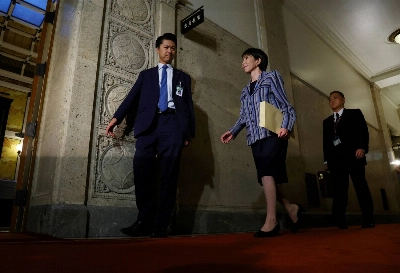While there has been a marked decrease in the rate of global population growth since the early 1990s, it is still rising rapidly, especially in developing countries. Medium-term projections for world population are approximately 8.3 billion by 2030 and 9.3 billion by 2050, before hopefully stabilizing at about 10-11 billion toward the end of the 21st century.
To feed this population, global agricultural production must double, perhaps triple, from 2000's 5.23 billion tons. Meeting this demand implies two key challenges. First, developing an environmentally and economically sustainable method to produce this additional quantity of food. Second, and even more daunting, distributing food equitably.
Over the past 40 years, technological breakthroughs have facilitated increases in food production "pari passu" with global population growth. The result is that now per-capita world food supplies are 23 percent higher and real prices are 65 percent lower than in 1961. Global rice and wheat production has increased from 127 million tons to 762 million tons. In the second half of the 1960s, the use of new types of wheat and rice and new farm management practices, which made up the "Green Revolution," were often depicted as the wholesale transfer of technology from high-yield agricultural systems to Third World farmers. To me, however, this revolution signified a new era in which agricultural science was used to produce technologies appropriate to conditions in the developing world.


















With your current subscription plan you can comment on stories. However, before writing your first comment, please create a display name in the Profile section of your subscriber account page.